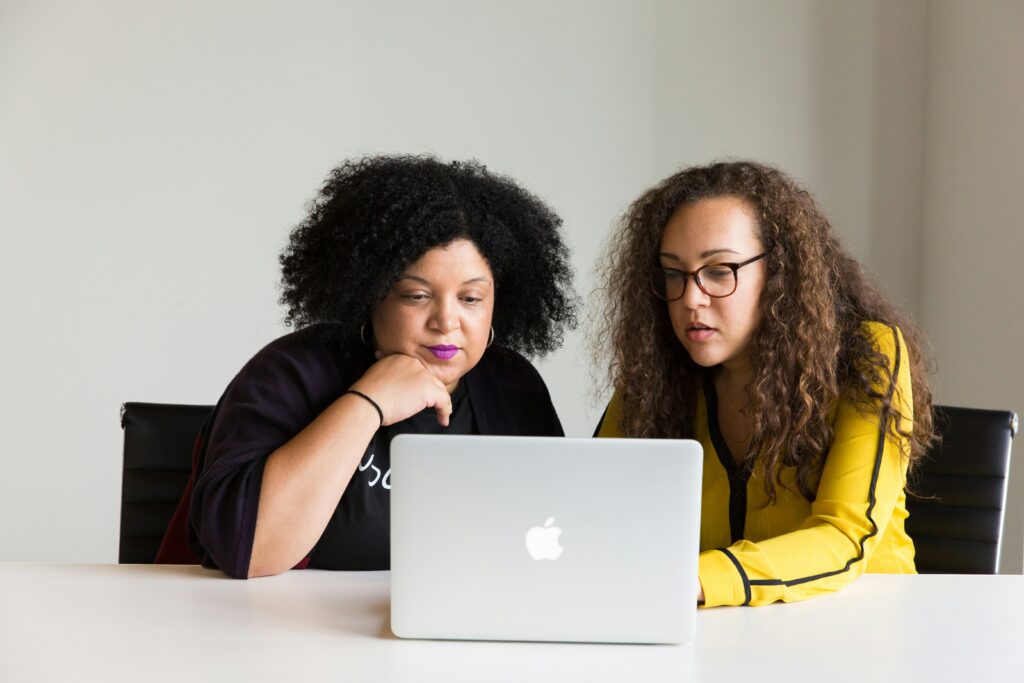How to understand your nemesis
Back when I worked at Penguin I had a nemesis, we’ll call him Otto.
If you remember last week’s letter he was department rep A.
Otto was a thorn in my butt. Stubborn, unreasonable and opinionated, I did my best to avoid him when I could.
Everything blew up one day when I made a decision he didn’t like.
He got so angry that he sent me an email cc’ing the entire company executive, including the CEO, to tell me I was wrong.
When a thinker brings a relationship dilemma like this to me I use the perceptual positions technique to help them see it in a different way.
It’s a technique that comes from Neurolinguistic Programming and taps into your ability to put yourself in another person’s shoes and empathise with that they’re thinking and feeling.
Here’ how it works.
- Pick an object to represent you, like an elephant spectacles holder and put it in front of you.
- Pick another object, like your mouse, to represent the other person and place that somewhere in relation to you that feels right. Or if you did the communications map last week you could use that.
- Touch the object that represent you while you complete these sentences:
In this place I feel…
What’s happening for me here is…
I wish [name of other person] knew…
2. Touch the object that represents the other person while you complete these sentences
In this place I feel…
What’s happening for me here is…
I wish [your name] knew…
It’s important to talk as if you are the other person because it helps you understand their perspective better.
If you answer by saying what you think they would say it might trigger your frustration towards them and it will be harder to empathise.
And yes, I know you can’t really know what they are thinking, that is not the aim of this exercise. It’s to practice your empathy to gain a new perspective on what is happening.
3. Finally move back from the objects or map and ask yourself:
What do I understand now that I didn’t before?
What patterns am I noticing?
What do I need to let go of to make this relationship work?
Maybe, if I had taken a moment to think about what was happening for him he wouldn’t have felt forced to send that email.
I may have thought he was my nemesis but in reality he was doing the best he could in the situation he faced.
We can’t change another person but we can change how we respond to them and that is often enough to change the outcome.
Never want to miss another letter? Click now to sign up for weekly tips on how to be more coach-like in your work, career and life.




